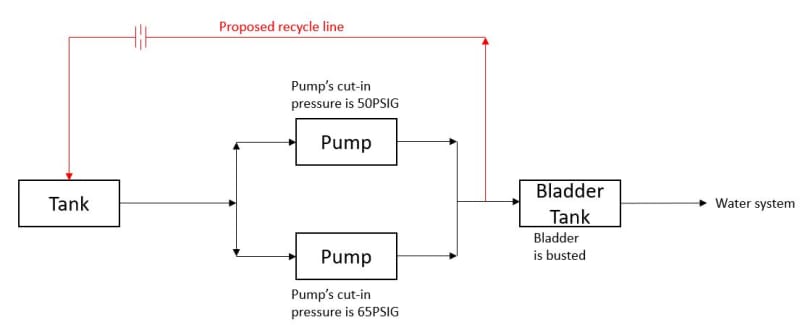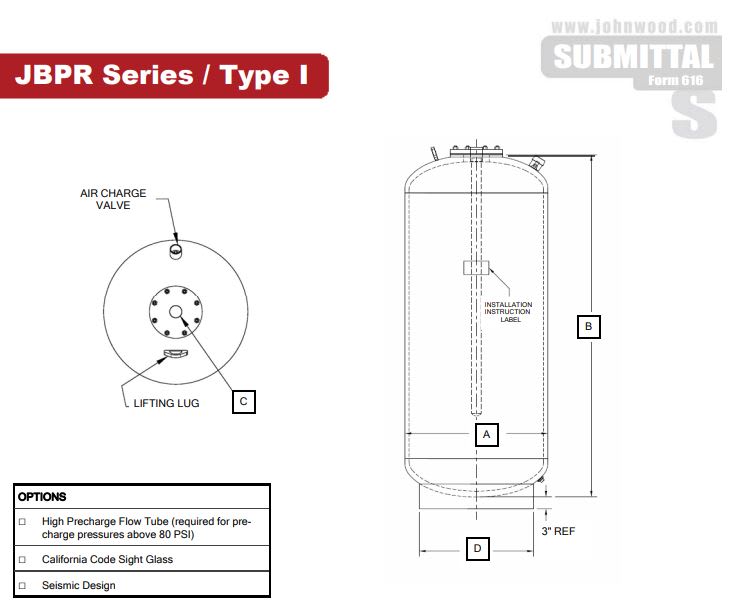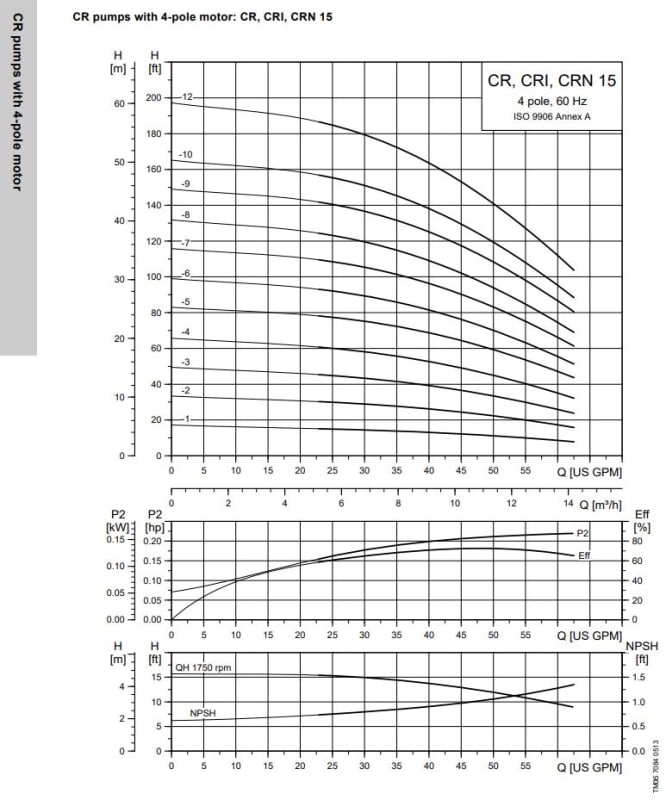MountHorn
Petroleum
- Jul 29, 2023
- 6
Currently, two centrifugal pumps in parallel run in lead and lag to move water from the tank to the water system. The discharge of the pump feeds a bladder tank that's supposed to keep the pressure constant and minimize the pump from turning on/off constantly. However, the bladder is busted again and we want to add a recycle line from the discharge of the pumps to the tank to allow for continuous pump run. How would adding an orifice plate on this recycle line effect the pump curve? Would it help with our problem?



